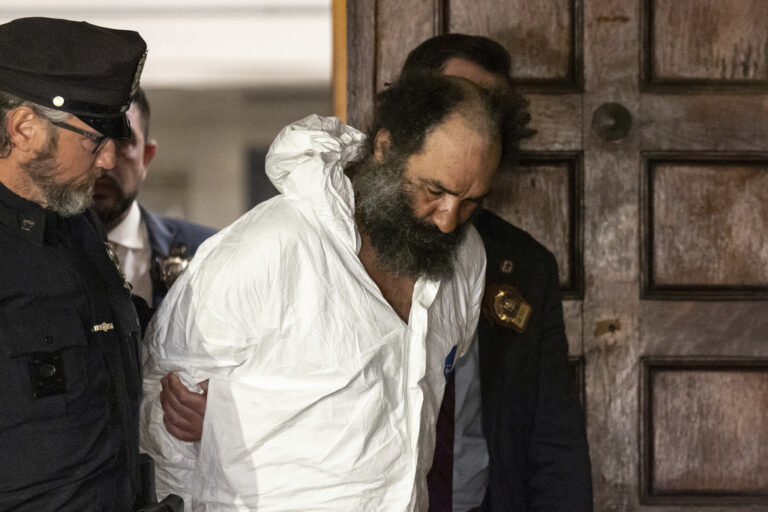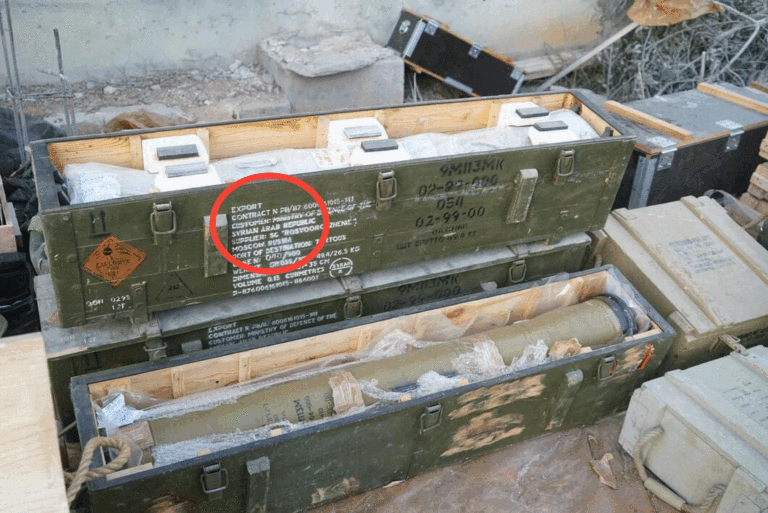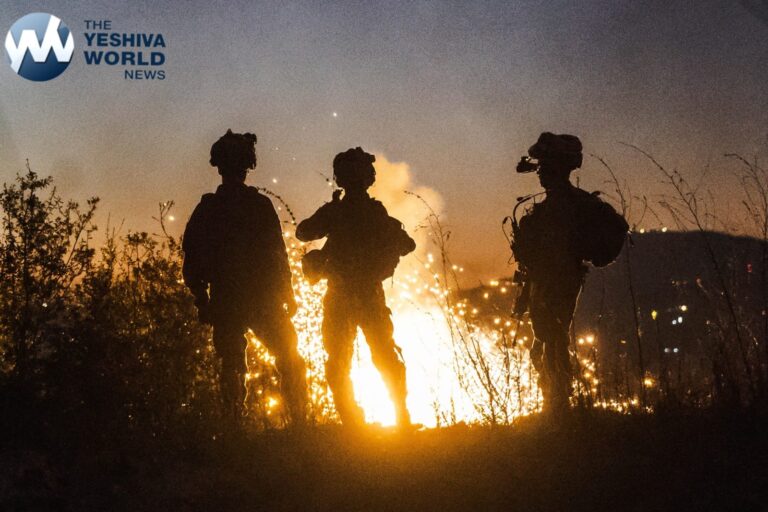 Hurricane Alex was aiming its fury toward southern Texas and northeastern Mexico on Wednesday as it churned in the western Gulf of Mexico, but it was “moving in no hurry,” the National Hurricane Center said.
Hurricane Alex was aiming its fury toward southern Texas and northeastern Mexico on Wednesday as it churned in the western Gulf of Mexico, but it was “moving in no hurry,” the National Hurricane Center said.
Alex had not strengthened Wednesday morning but was forecast to do so later in the day, the center said.
The Category 1 storm, which became the first June hurricane to form on the Atlantic side of North and Central America since 1995, is expected to make landfall in Mexico on Wednesday evening or early Thursday, after making a westward turn.
At 11 a.m. ET, Alex was moving west-northwest in the Gulf of Mexico at 7 mph, the National Hurricane Center reported. The storm had maximum sustained winds of 80 mph and was about 190 miles southeast of Brownsville, Texas, and 145 miles east of La Pesca, Mexico. The storm’s outer bands are already affecting northern Mexico and southern Texas.
President Obama issued a federal emergency declaration for Texas ahead of Alex’s expected arrival, the White House said Tuesday night.
A hurricane warning was issued for the Gulf Coast from Baffin Bay, Texas, to La Cruz, Mexico. A hurricane warning means that hurricane conditions and tropical storm-force winds are expected in the forecast area within 36 hours.
A tropical storm warning was in place along the Texas coast from Baffin Bay to Port O’Connor.
A tornado watch for the lower and middle Texas coast was in effect until 8 p.m. CT (9 p.m. ET) Wednesday. Tornadoes are possible as the outer bands of the hurricane move onshore. A tornado watch means conditions are favorable for tornadoes and severe thunderstorms.
Are you feeling the effects of Hurricane Alex? Share your photos and videos with the CNN iReport community
The storm continued to move away from the massive BP oil catastrophe near the Louisiana coast in the northern Gulf of Mexico, but it already was complicating cleanup efforts. The storm created 12-foot waves Tuesday, and oil-skimming ships were sent to shore from Louisiana to the Florida Panhandle.
The rough seas may force crews to replace and reorganize booms meant to deter the oil from reaching shore, reported CNN’s Ed Lavandera.
Florida Gov. Charlie Crist said that even though Florida may dodge any problems with this storm, the Atlantic hurricane season is just beginning.
“In Florida, we’ve had a lot of hurricanes a number of years ago, but we handled them very well,” he told CNN’s Campbell Brown. “The difference and the distinction that we face now is that we have a Gulf of Mexico that’s full of oil. So our hope and our prayer is that we don’t have a mixture of hurricanes with oil that could potentially damage the beautiful beaches of Florida. But if we do, we’re prepared for it.”
Pat Ahumada, the mayor of Brownsville, Texas, said the city was expecting to distribute 60,000 sandbags and provide shelter for roughly 2,000 families. Utility crews were on standby to handle outages. At the same time, the state government provided 90 buses in case an evacuation is needed.
“I expect about 10 percent of residents to evacuate voluntarily, which already started yesterday,” Ahumada said Tuesday. “I see a steady flow of people going out, but no bottlenecks — which is good.
“We’re not taking it lightly,” he said. “We’re ready for a worst-case scenario.”
On Monday, Texas Gov. Rick Perry issued a disaster proclamation for 19 counties and ordered the deployment of state resources. The governor’s declaration allows the state to initiate necessary preparedness efforts, such as putting material in place to ensure local communities are ready to respond to disasters.
The governor’s order puts up to 2,500 National Guard personnel, eight UH-60 helicopters and three C-130 aircraft on standby for rapid deployment as needed, Perry’s office said in a news release.
(Source: CNN)










